Home>Gardening & Outdoor>Landscaping Ideas>When To Mow Overseeded Grass
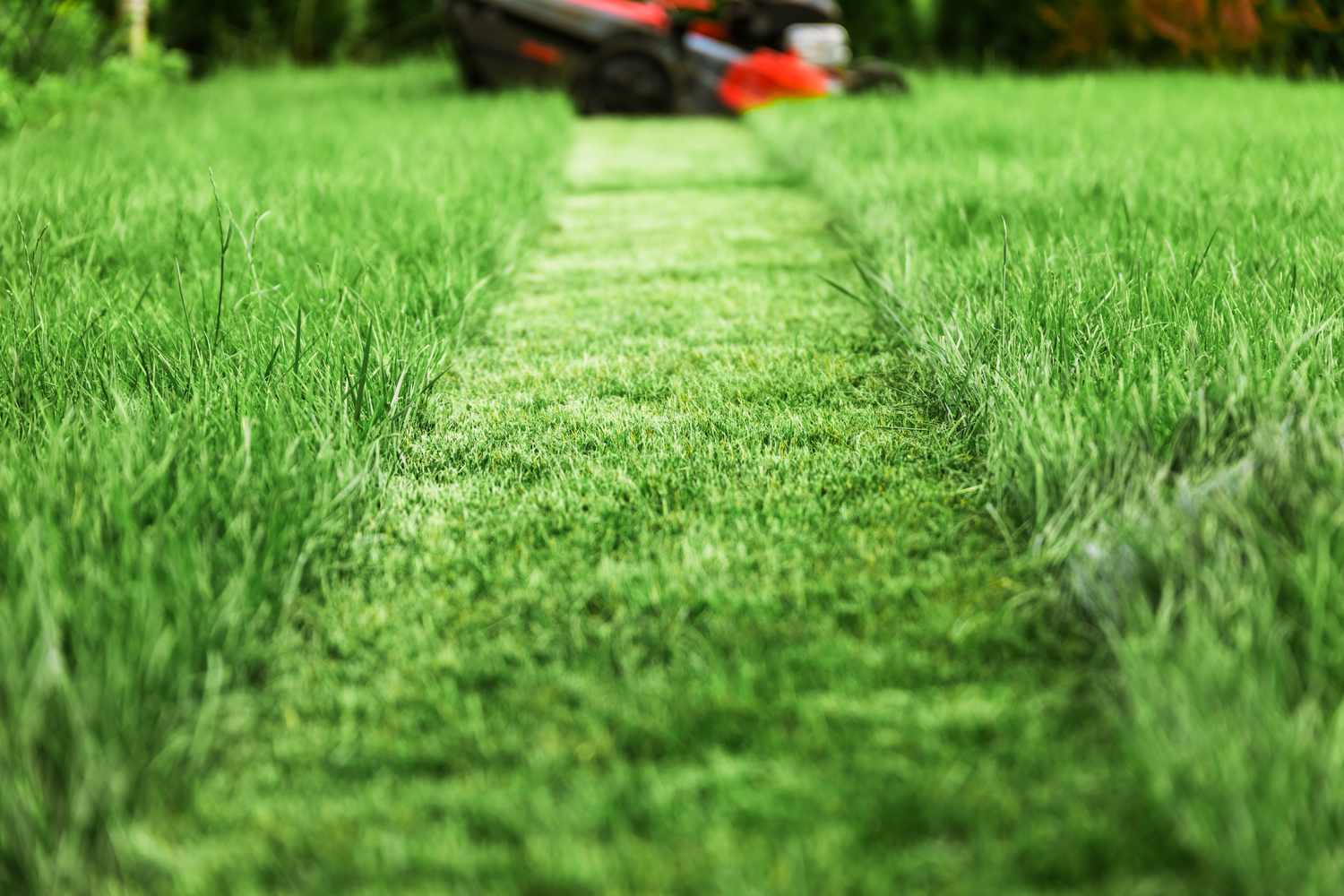

Landscaping Ideas
When To Mow Overseeded Grass
Published: January 29, 2024
Learn the best time to mow overseeded grass and maintain a lush lawn with these expert landscaping ideas. Keep your lawn looking its best all year round!
(Many of the links in this article redirect to a specific reviewed product. Your purchase of these products through affiliate links helps to generate commission for Storables.com, at no extra cost. Learn more)
Introduction
Welcome to the world of landscaping, where the beauty of nature meets the artistry of design. One of the most rewarding aspects of landscaping is nurturing a lush, vibrant lawn. Achieving this enviable expanse of greenery often involves overseeding, a practice that can breathe new life into tired, patchy lawns. However, overseeding is not a one-time endeavor; it requires ongoing care and attention to ensure the newly sown seeds take root and flourish.
In this comprehensive guide, we will delve into the intricacies of overseeding and focus on a crucial aspect of lawn maintenance: mowing newly overseeded grass. By understanding the optimal timing for overseeding and the subsequent mowing practices, you can elevate your lawn care routine to new heights. Let’s embark on this journey to uncover the secrets of nurturing a resilient and visually stunning lawn through the art of overseeding and strategic mowing.
Key Takeaways:
- Timing is crucial for overseeding. Cool-season grasses thrive when overseeded in late summer to early fall, while warm-season grasses do best in late spring to early summer. Patience and climate awareness are key.
- Mowing newly overseeded grass requires patience and precision. Wait for the grass to reach 3-4 inches before the first mow, adhere to the one-third rule, and adjust mowing height gradually for optimal growth.
Read more: When To Mow New Grass After Overseeding
Understanding Overseeding
Overseeding is a fundamental practice in lawn care that involves sowing grass seeds into an existing lawn to address issues such as thinning, patchiness, and bare spots. This proactive approach not only revitalizes the overall aesthetic of the lawn but also promotes a healthier, more resilient turf. By introducing new grass varieties, homeowners can enhance the density and diversity of their lawns, thereby fortifying them against environmental stressors and potential damage.
When executed with precision, overseeding can significantly improve the overall health and appearance of a lawn. The new grass seeds fill in gaps, compete with weeds, and provide a fresh foundation for a more robust and visually appealing lawn. Moreover, overseeding is an effective means of introducing newer, more resilient grass cultivars that boast improved resistance to pests, diseases, and environmental pressures.
It’s important to note that overseeding is not a one-size-fits-all solution. The success of this endeavor hinges on various factors, including the selection of the appropriate grass species and cultivars tailored to the local climate, soil conditions, and intended use of the lawn. Additionally, proper preparation of the existing lawn, such as dethatching and core aeration, is crucial to create an optimal environment for the new seeds to germinate and thrive.
Understanding the intricacies of overseeding empowers homeowners to make informed decisions and embark on a journey toward a more resilient, lush, and visually captivating lawn. With a solid grasp of the principles underpinning overseeding, you can lay the groundwork for a thriving lawn that will be the envy of the neighborhood.
Timing of Overseeding
Timing is of the essence when it comes to overseeding, as it directly impacts the success of establishing new grass and maximizing its potential to thrive. The optimal timing for overseeding largely depends on the climate, the specific grass species being cultivated, and the existing condition of the lawn. In general, the best time to overseed cool-season grasses, such as Kentucky bluegrass, fescue, and ryegrass, is during the late summer to early fall. This timeframe aligns with the favorable soil temperatures and reduced weed competition, allowing the newly sown seeds to germinate and establish robust root systems before the onset of winter.
Conversely, warm-season grasses, including Bermuda grass, Zoysia grass, and St. Augustine grass, are best overseeded in the late spring to early summer, when soil temperatures are conducive to germination and rapid seedling growth. By aligning overseeding with the natural growth patterns of the targeted grass species, homeowners can optimize the establishment and long-term success of the new grass, leading to a denser, more resilient lawn.
It’s important to consider the local climate and weather patterns when determining the precise timing for overseeding. Factors such as temperature, humidity, and precipitation play a pivotal role in creating an environment conducive to seed germination and establishment. Monitoring weather forecasts and soil conditions can aid in pinpointing the ideal window for overseeding, ensuring that the new grass seeds have the best chance to flourish.
Furthermore, it’s essential to refrain from overseeding during periods of extreme heat, drought, or frost, as these conditions can undermine the germination process and hinder the development of the newly sown seeds. By exercising patience and aligning overseeding with the natural rhythms of the local climate, homeowners can set the stage for a successful and bountiful lawn rejuvenation.
Understanding the nuanced timing considerations for overseeding empowers homeowners to make informed decisions and maximize the potential for a thriving, resilient lawn. By strategically aligning overseeding with the optimal seasonal and climatic conditions, you can embark on a journey toward a revitalized and visually stunning lawn that will be the pride of your property.
Mow overseeded grass when it reaches 3-4 inches in height. Make sure to use a sharp blade and mow at a higher setting to avoid damaging the new grass seedlings.
Mowing Newly Overseeded Grass
After the meticulous process of overseeding, the subsequent mowing practices play a pivotal role in nurturing the newly sown grass seeds and fostering their healthy development. Proper mowing techniques are essential to safeguard the delicate young seedlings and promote the establishment of a dense, vibrant lawn. Understanding the best practices for mowing newly overseeded grass is key to realizing the full potential of the overseeding endeavor.
Upon overseeding, it’s crucial to exercise patience before initiating the first mowing. Ideally, homeowners should wait until the newly sown grass reaches a height of approximately 3 to 4 inches before mowing for the first time. This waiting period allows the young seedlings to establish strong root systems and develop sufficient leaf growth, ensuring that they can withstand the mowing process without being compromised.
When the time comes for the initial mowing of the newly overseeded grass, it’s imperative to adhere to the one-third rule. This principle dictates that only one-third of the grass blade height should be removed in a single mowing session. Adhering to this rule prevents stress on the young seedlings and minimizes the risk of inhibiting their growth and development. Additionally, using a sharp mower blade is essential to achieve clean, precise cuts that promote healthy regrowth and minimize the risk of damage to the delicate new grass.
As the newly overseeded grass continues to mature, it’s important to gradually adjust the mowing height to the optimal range for the specific grass species being cultivated. This may involve raising the mower deck to accommodate the increasing height of the grass and promote its long-term resilience and vigor. By gradually transitioning to the recommended mowing height for the targeted grass species, homeowners can support the development of a dense, well-established lawn that exhibits optimal health and visual appeal.
Throughout the mowing process, it’s essential to monitor the condition of the newly overseeded grass and adjust the frequency of mowing based on its growth rate. While regular mowing is essential for maintaining a manicured appearance, it’s equally important to avoid over-mowing, particularly during the initial stages of the new grass’s growth. Striking a balance between regular maintenance and sensitivity to the needs of the young seedlings is paramount to nurturing a thriving, resilient lawn.
By embracing the best practices for mowing newly overseeded grass, homeowners can play a proactive role in nurturing the successful establishment of the newly sown seeds and cultivating a lush, vibrant lawn that serves as a testament to their dedication to superior lawn care.
Conclusion
Congratulations on embarking on this enlightening journey through the intricacies of overseeding and the art of nurturing a resilient, visually captivating lawn. By gaining a deeper understanding of the principles underpinning overseeding and the optimal timing for this transformative practice, you have unlocked the potential to elevate your lawn care routine to new heights. Armed with this knowledge, you are well-equipped to embark on a journey toward a revitalized, lush, and vibrant lawn that will be the envy of the neighborhood.
As you navigate the process of overseeding, remember that patience and precision are key virtues. By carefully selecting the appropriate grass species and cultivars, aligning overseeding with the optimal seasonal and climatic conditions, and implementing meticulous mowing practices, you can set the stage for a successful and bountiful lawn rejuvenation. Embracing the one-third rule, using sharp mower blades, and adjusting the mowing height to accommodate the growth of the newly overseeded grass are essential steps in nurturing the young seedlings and fostering their healthy development.
Ultimately, the journey of overseeding and nurturing a newly sown lawn is a testament to your dedication to superior lawn care and your unwavering commitment to creating a visually stunning outdoor oasis. As you witness the transformation of your lawn, from the initial sowing of seeds to the emergence of a resilient, lush expanse of greenery, take pride in knowing that your efforts have contributed to the creation of a vibrant and inviting landscape that enhances the beauty of your property.
With the knowledge and insights gleaned from this guide, you are well-positioned to embark on a journey toward a revitalized, resilient lawn that will be a source of pride and joy for years to come. As you continue to nurture your newly overseeded lawn, may the lush, vibrant expanse of greenery serve as a testament to your unwavering dedication to superior lawn care and your passion for creating a visually captivating outdoor haven.
Frequently Asked Questions about When To Mow Overseeded Grass
Was this page helpful?
At Storables.com, we guarantee accurate and reliable information. Our content, validated by Expert Board Contributors, is crafted following stringent Editorial Policies. We're committed to providing you with well-researched, expert-backed insights for all your informational needs.
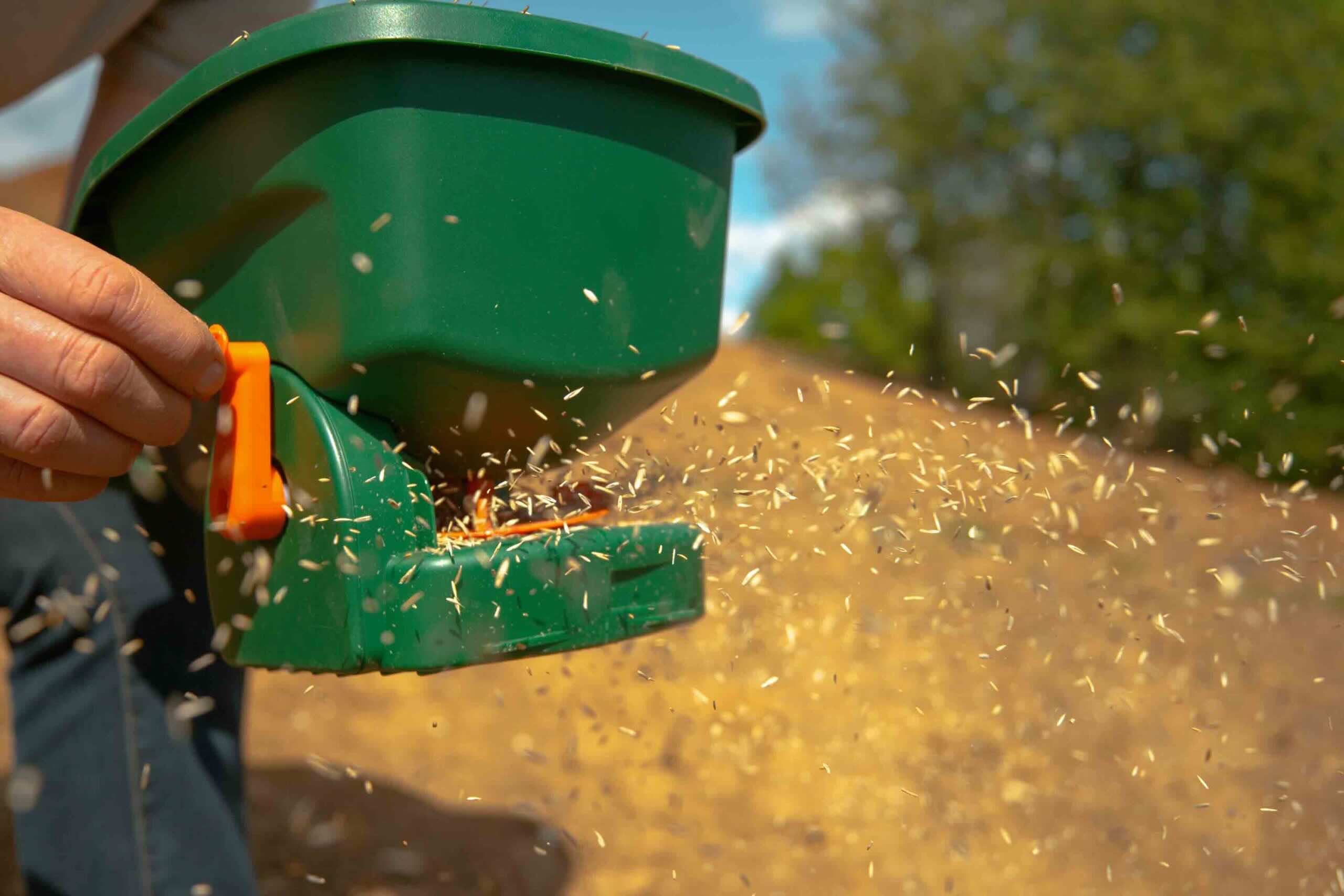
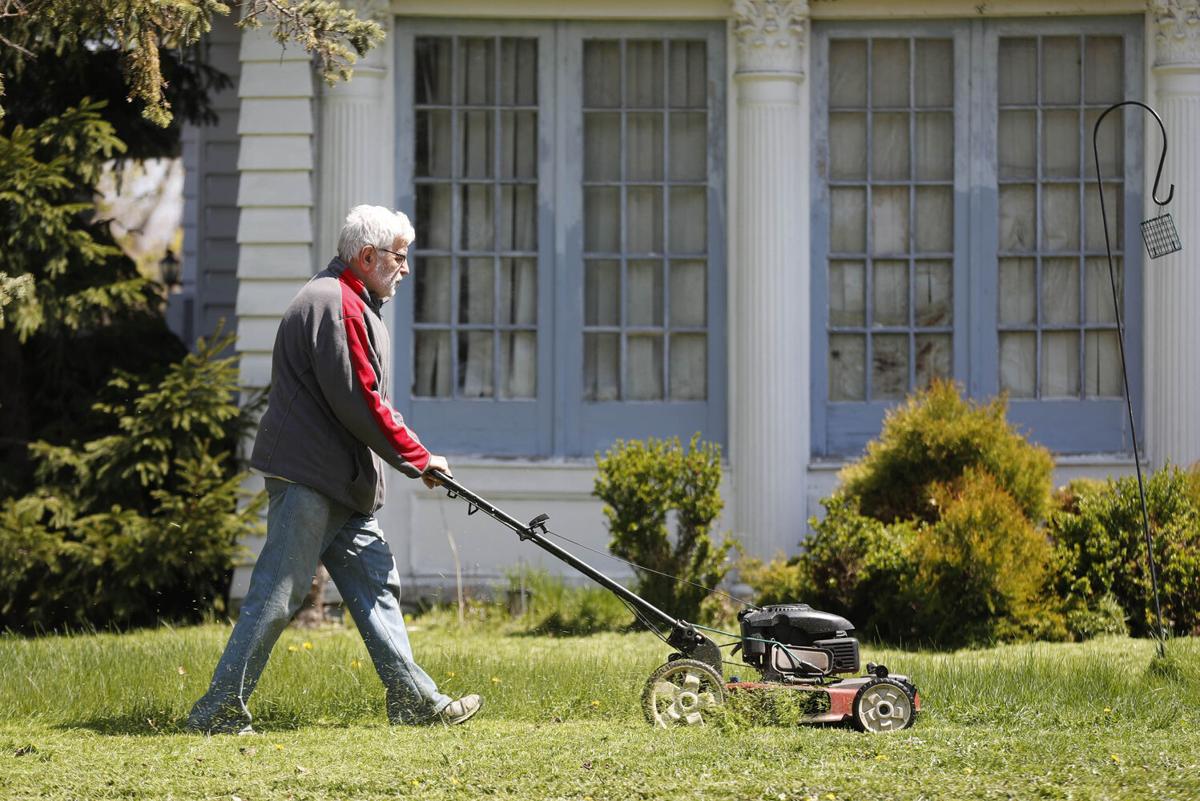
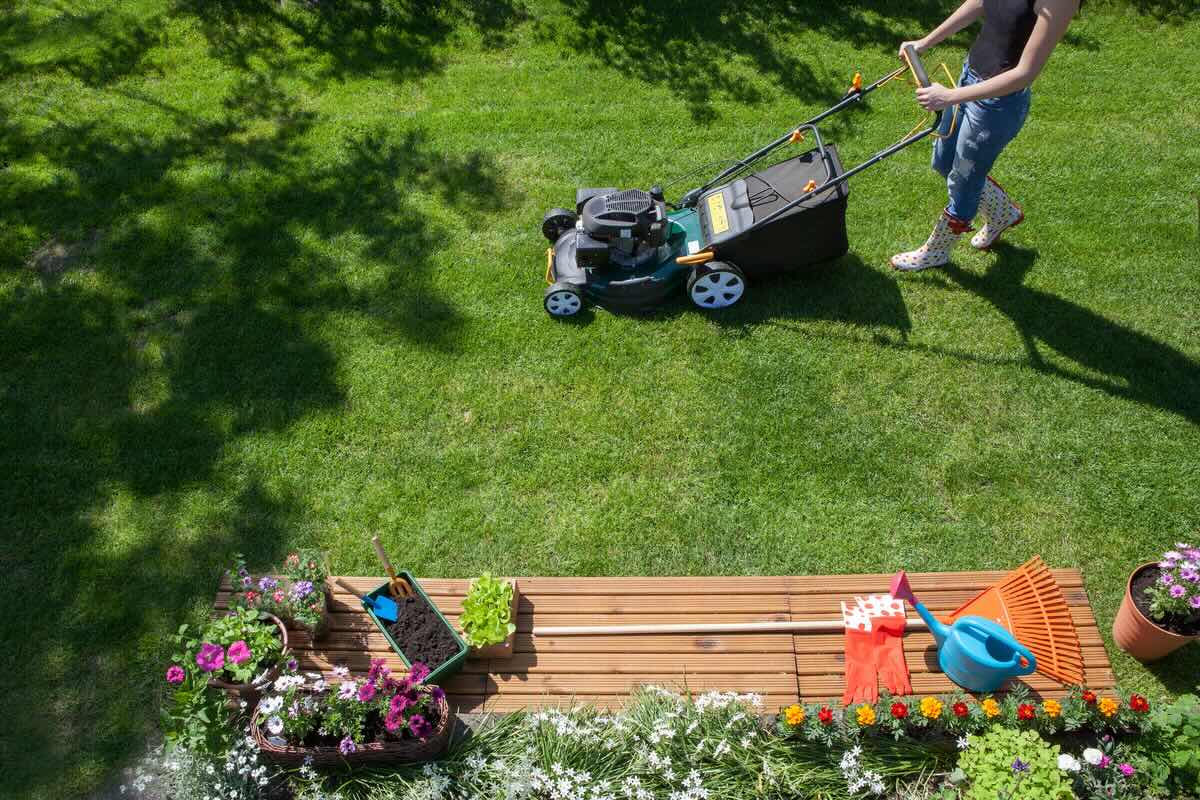
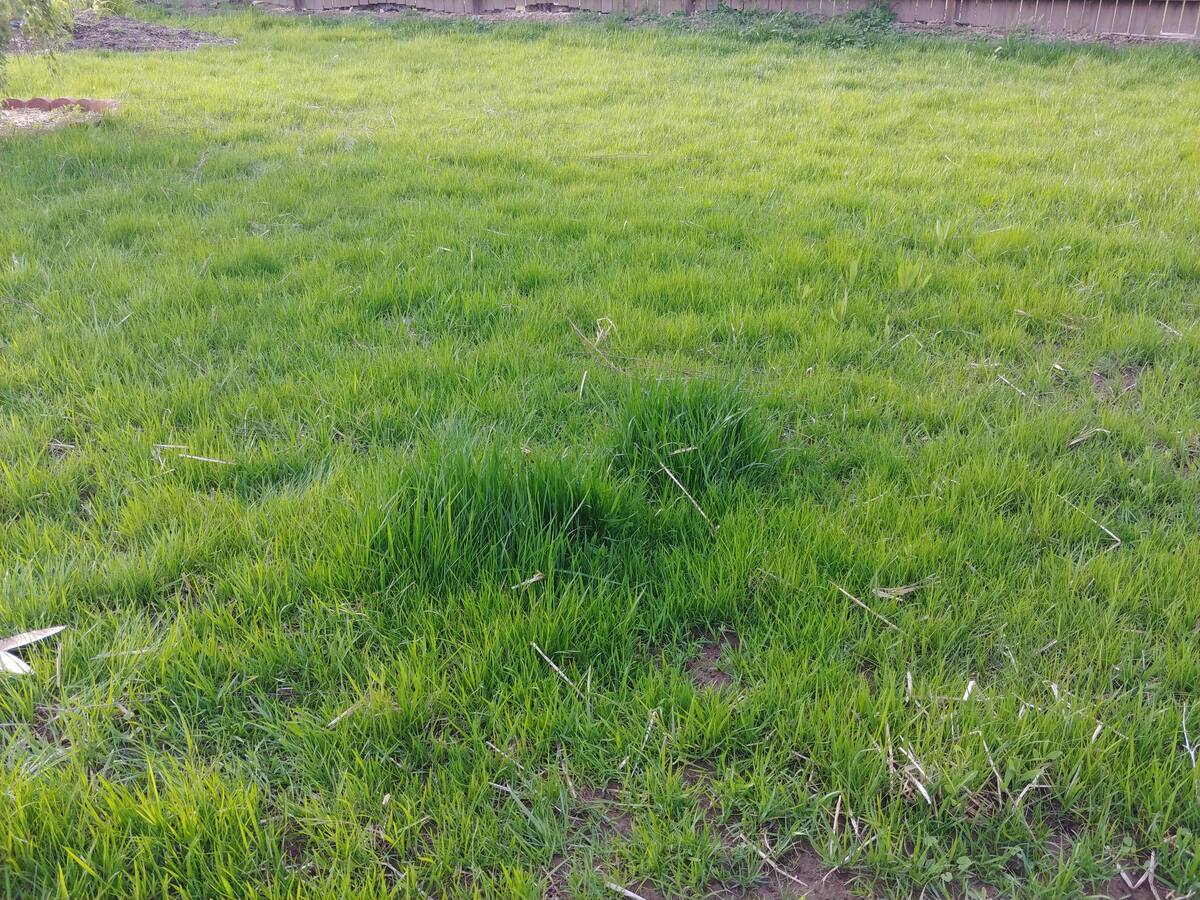
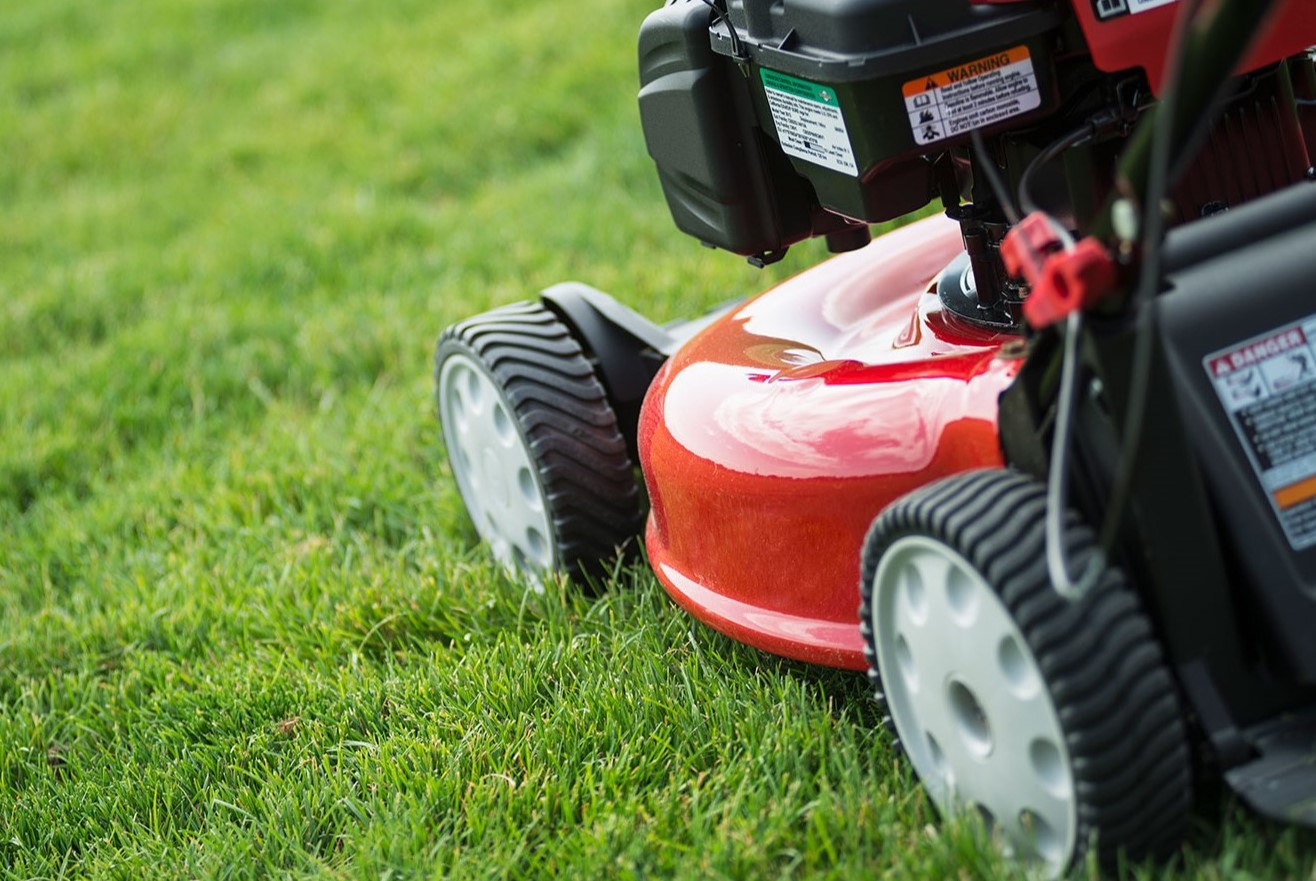
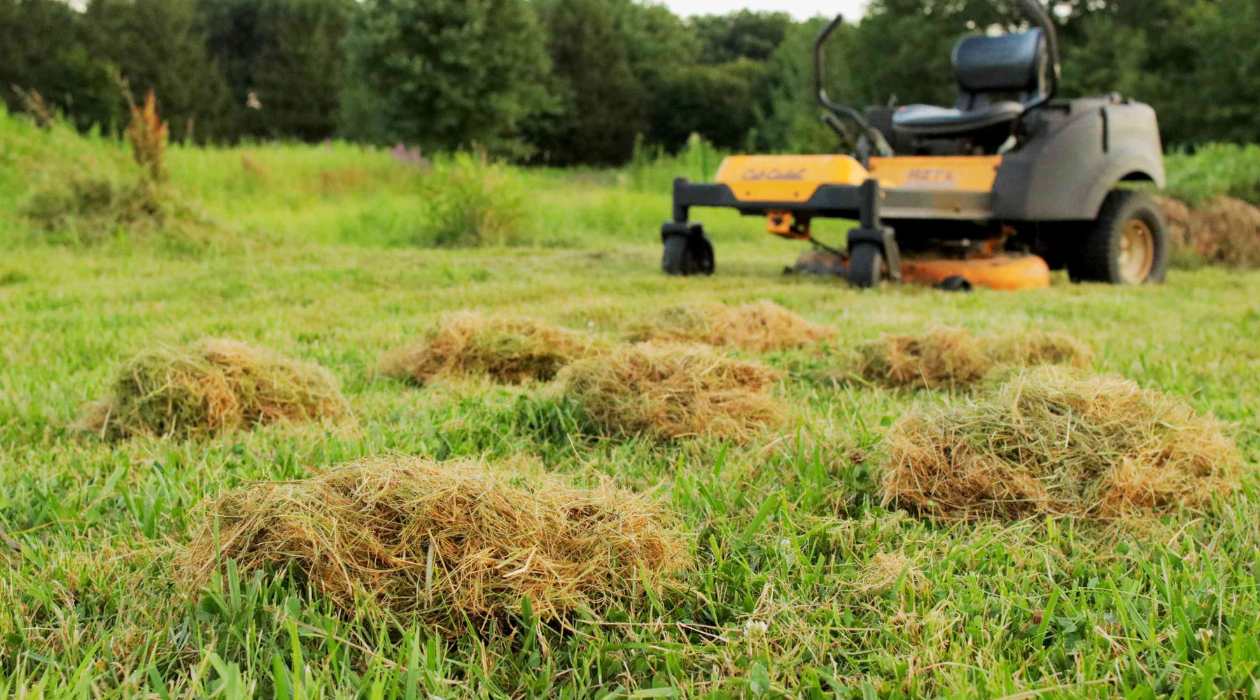
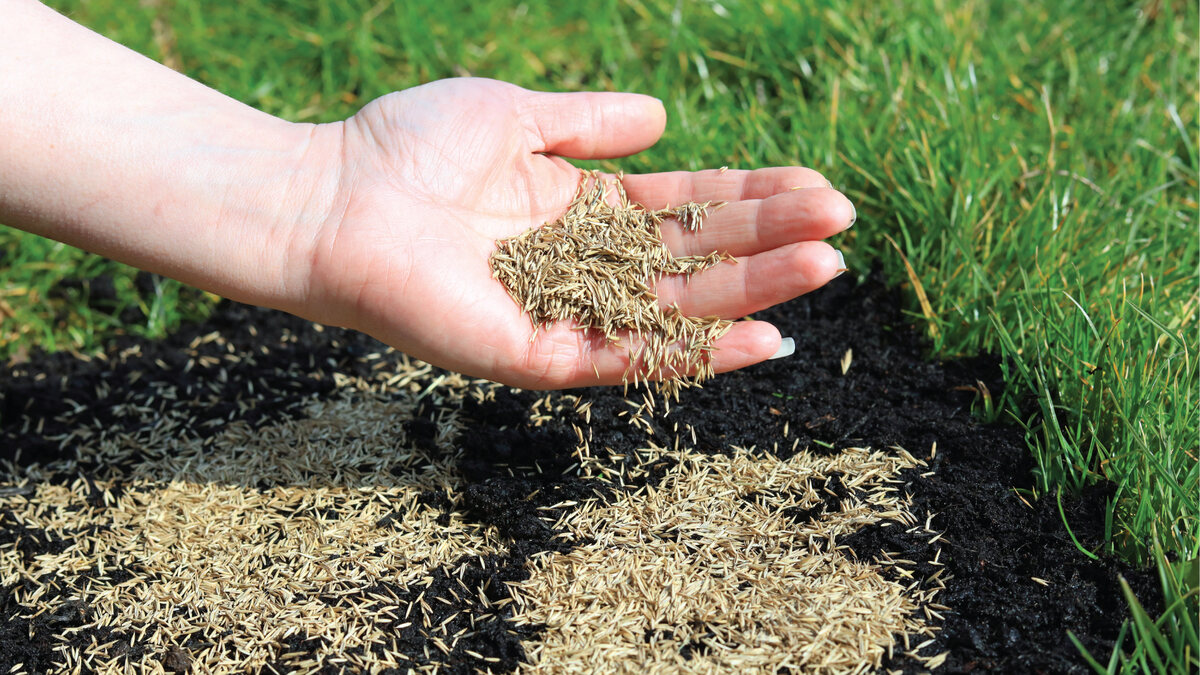
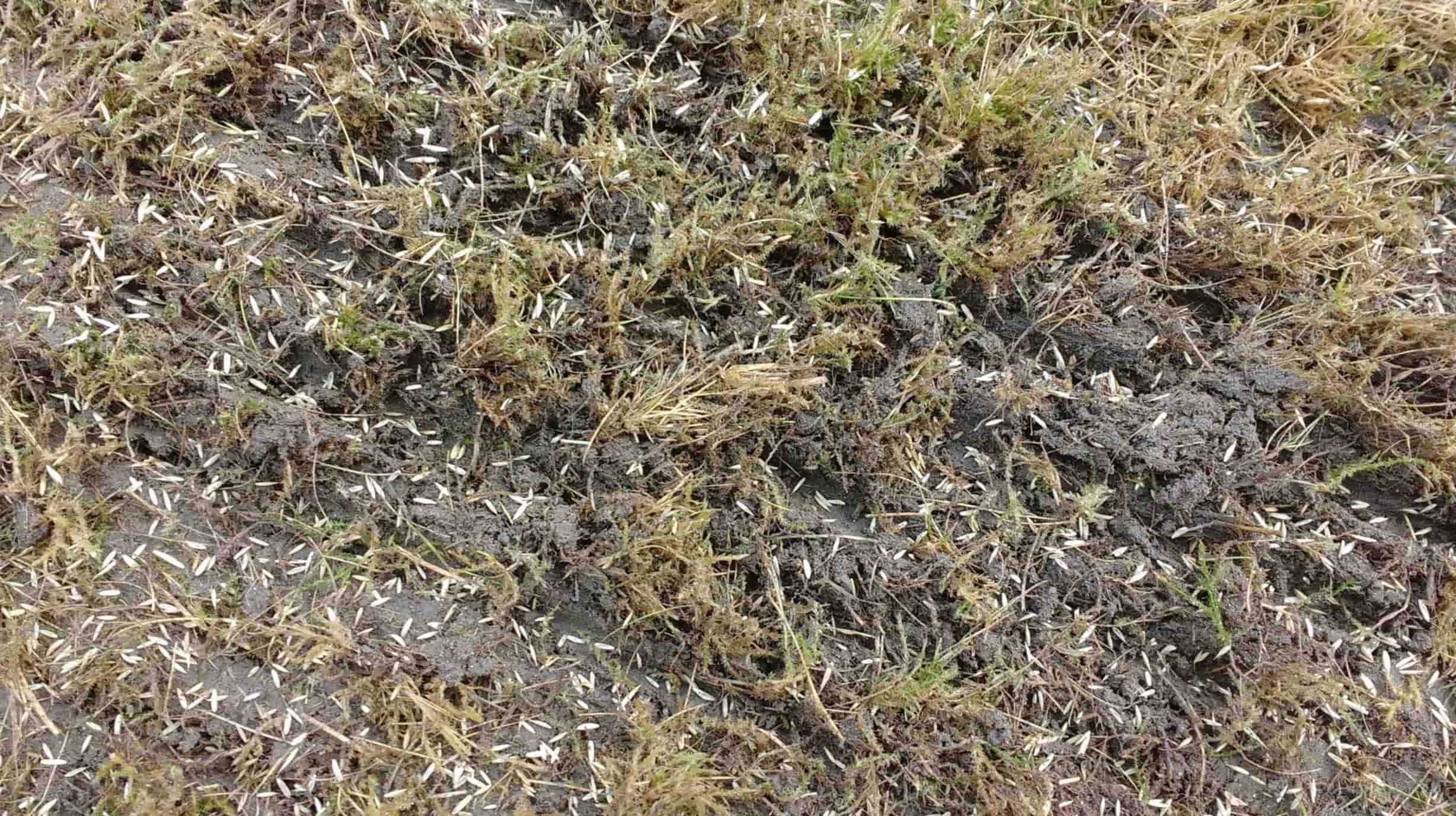
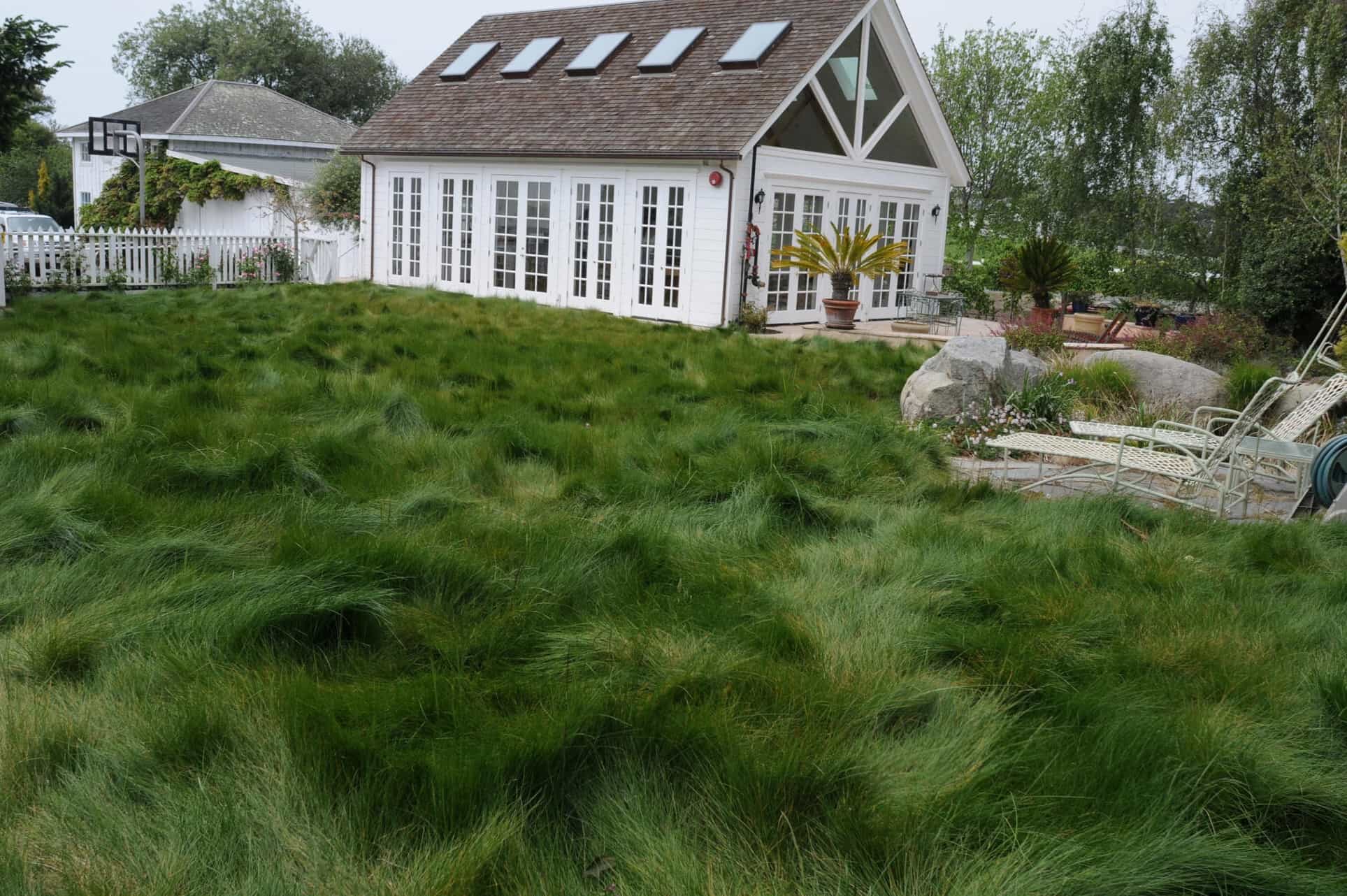
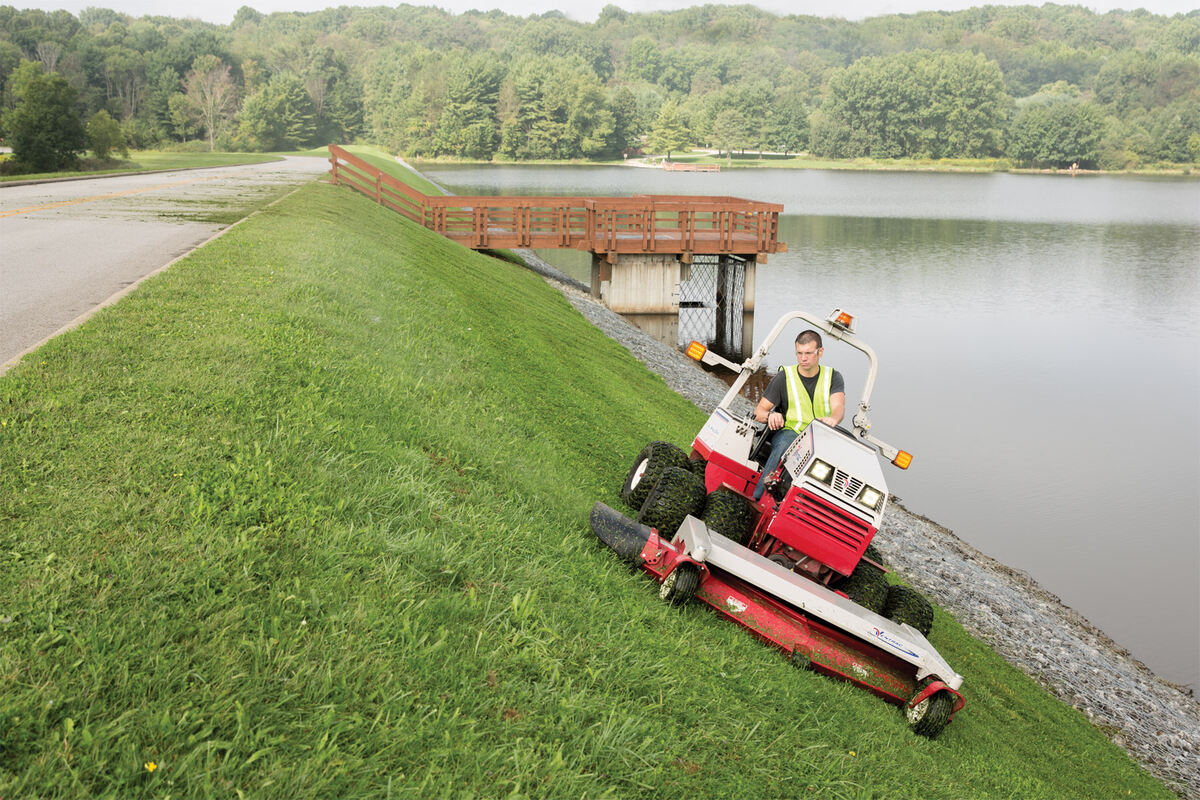
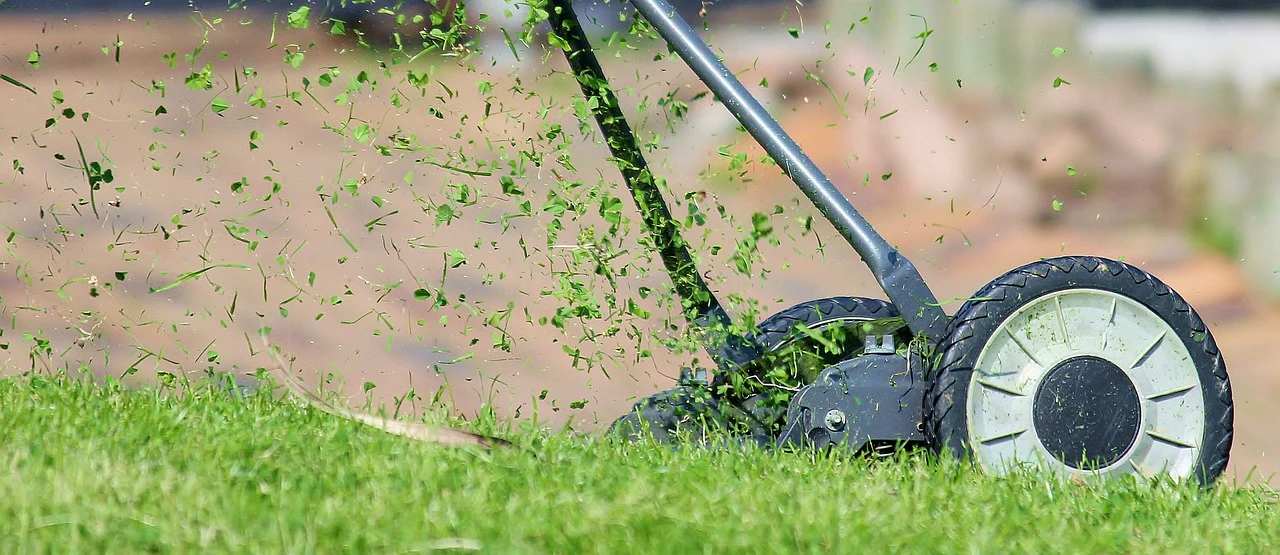
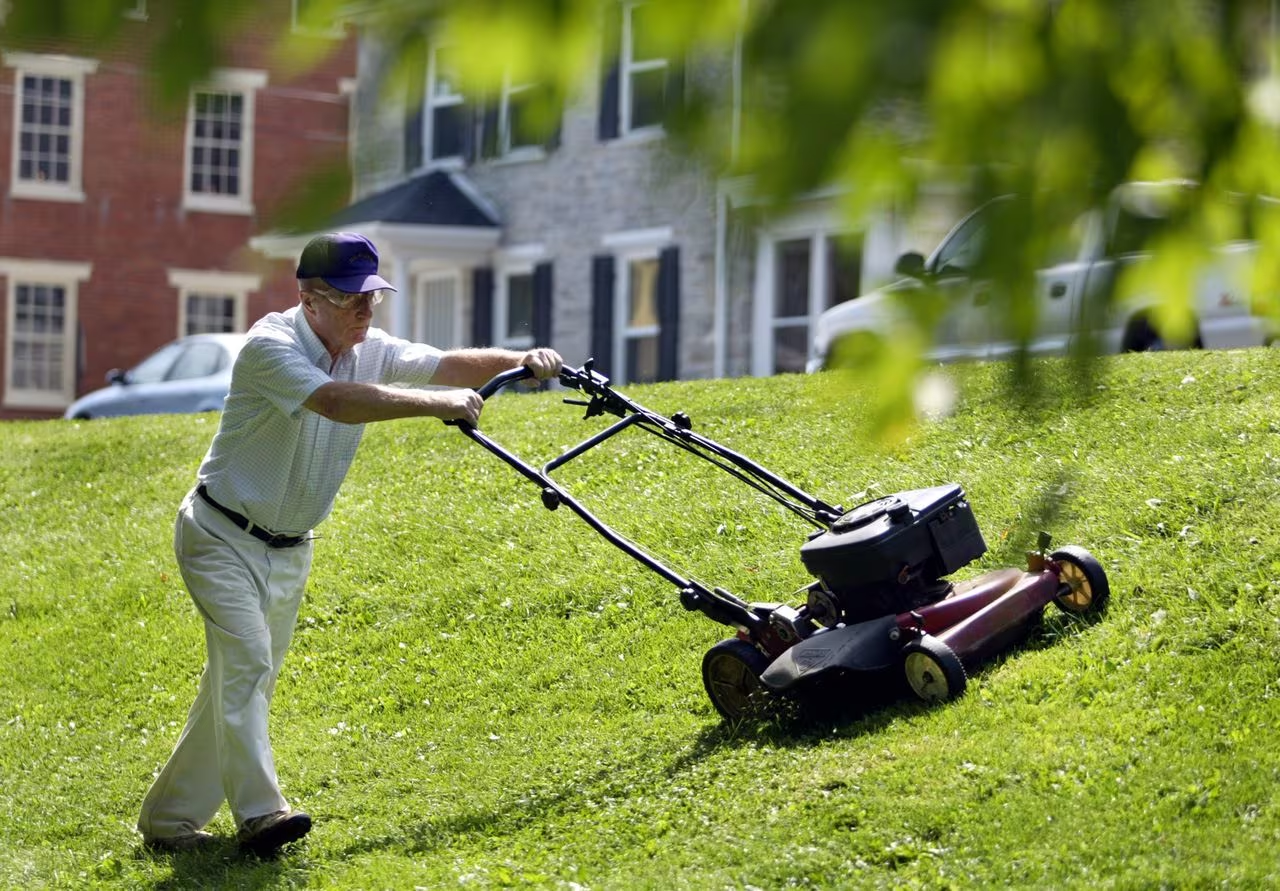
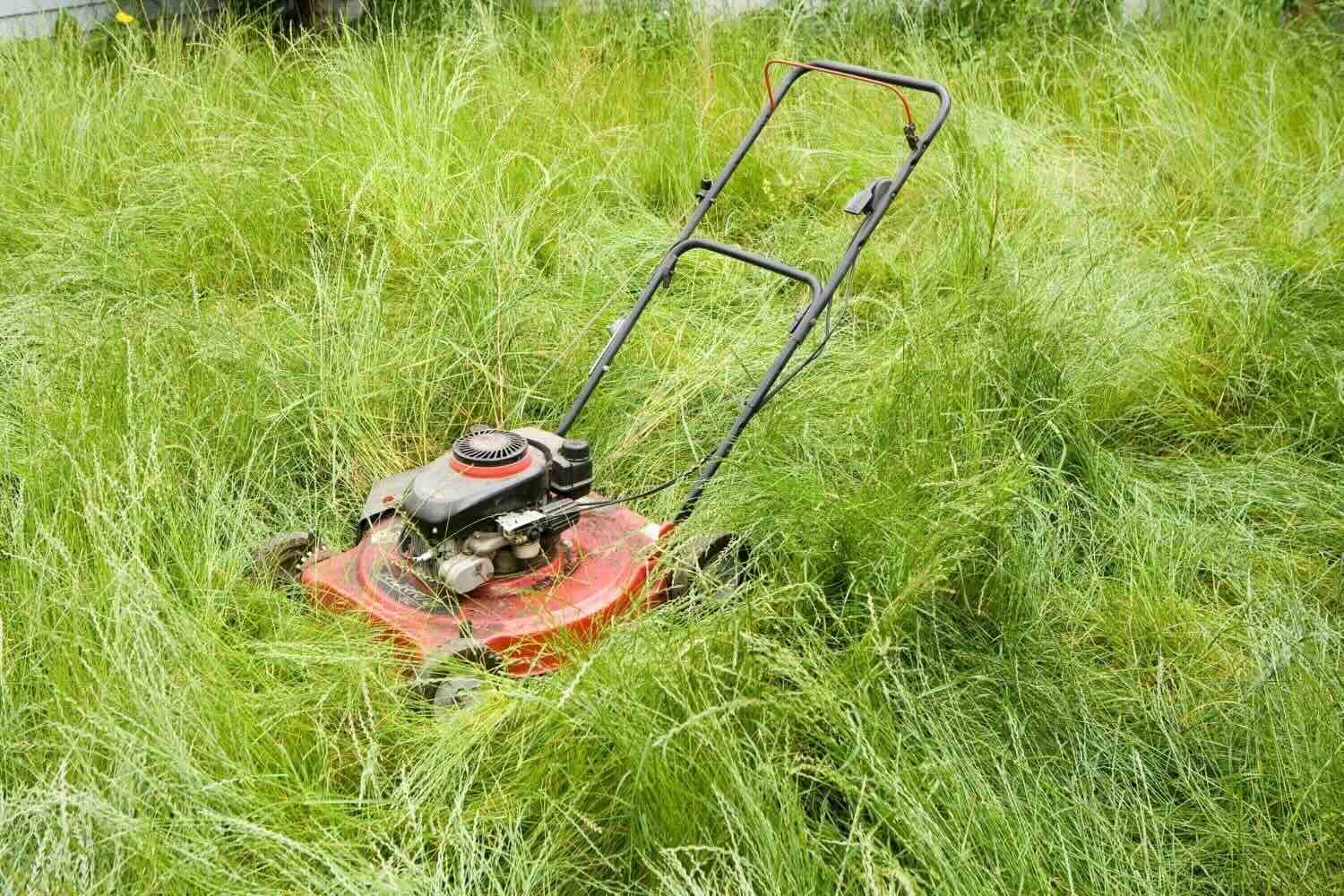
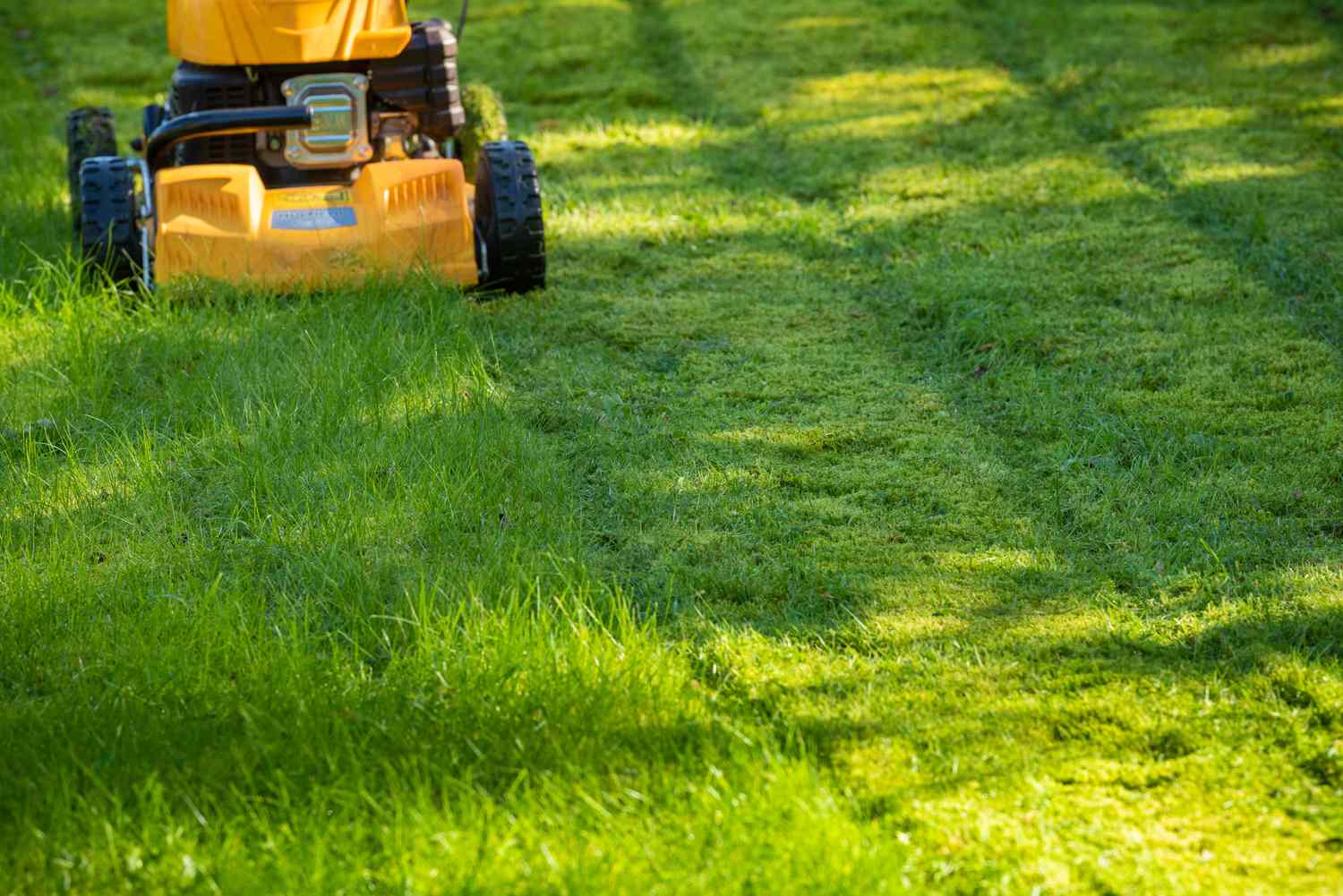
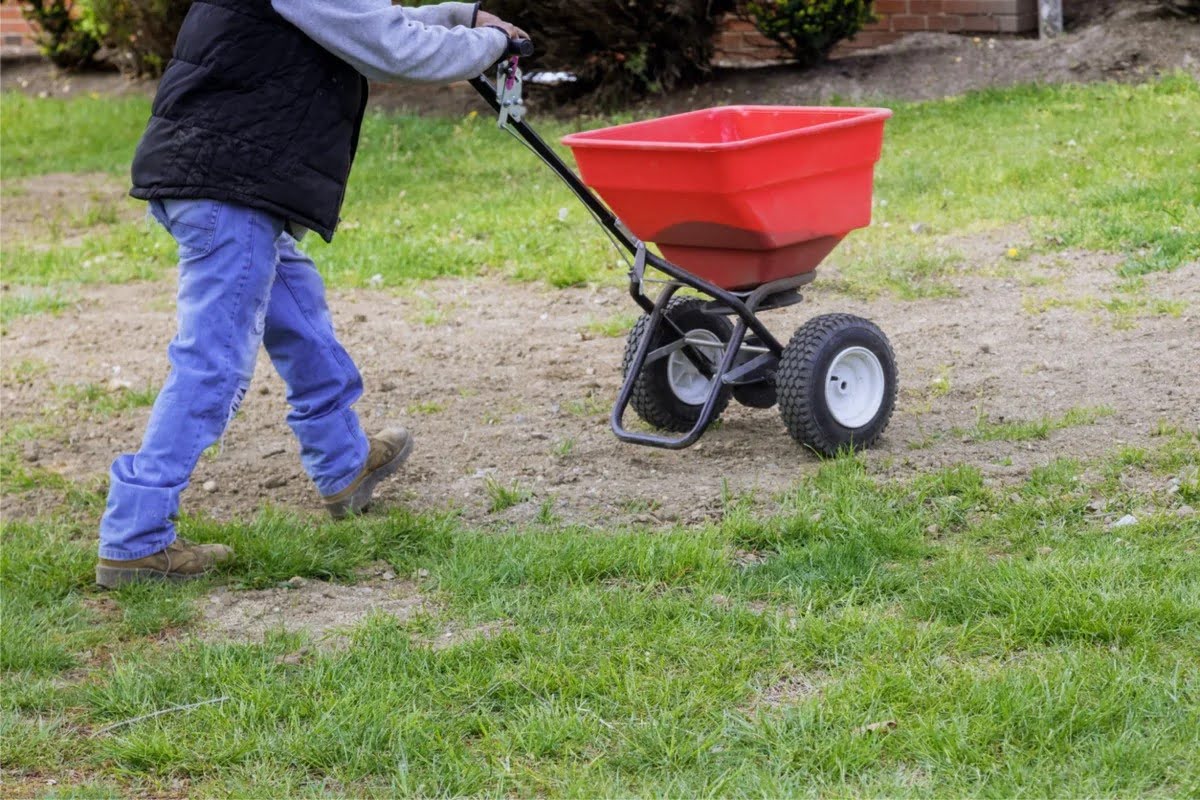

0 thoughts on “When To Mow Overseeded Grass”